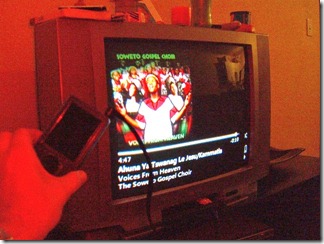The toughest thing for me when travelling long distances is crossing more than two or more time zones. I'm a Type 1 Diabetic and I wear both an insulin pump and a CGM (Continuous Glucose Meter) 24 hours a day.
Time Zones and Blood Sugar
The body has a number of times in the day when blood sugar rises and falls naturally. For example, glucose is release into your system before dawn to encourage your body to wake up. For normal folks, this is no big deal, as you've got the insulin to keep things in check. For a diabetic, this means that my blood sugar will rise starting around 5am, and run relatively unchecked until at least 9am. I need to program my pump to deliver a compensating dose of insulin.
Stated differently, my blood sugar has a natural daily, cyclic curve. I need to match that curve (ignoring meals at this point) with insulin, basically using "curve math" to subtract one from the other and end up with smooth blood sugars all day. The first curve is the body's natural intent, or natural direction. The other is the compensating insulin needed. (This is all simplified, but it'll do for this post):

However, if I change time zones, like in this case where I moved 10 time zones East, the body doesn't get the message for a week or two. You, Dear Reader, as a non-diabetic usually don't notice this, from a blood sugar perspective. You might have a light night craving as your system knows it's dinner time when it's really 3am, but for the most part, you've got it made.
For Type 1 Diabetics (who don't produce any of their own insulin) it's a hassle, as we'll have (seemingly) random spikes in blood sugar in the first week or more of a trip, as the body releases glucose into the system attempting to wake me up.
For example, at 4pm here in South Africa, I'll start seeing my blood sugar rise as it'll be 6am on the West Coast of the US. I'll have the Pre-Dawn effect in the middle of the day.
If I'm not careful and program my pump (or take shots) correctly, I can end up like this with everything shifted by many hours:

This can make for a roller coaster. It gets worse because the graph shifts an hour or so every day as I get oriented to local time. I can almost feel my "body" floating, moving slowly east over the Atlantic for the first week as I expose myself to as much light as possible in order to reset my circadian rhythms.
If you're a Type 1, possibly on a pump, I'd suggest that changing your pump to local destination time as soon as you get on the plane can help. I'd also try to eat as if you're on local time. For us, it took a little under 2 days to get here, and that time spent in the plane can be orientation time.
Reduced Usage
One other thing to watch for is daily insulin usage. I use about 30-40U (Units) of insulin, total, per day. Some use more, some use less. This a typical number for a reasonably fit guy my size. If I gain weight or lose muscle mass I'll use more insulin to accomplish the same goal of stable blood sugar.
Every time I go overseas my daily need for insulin goes down. So far, while I've been here, I've used daily amounts like 19U, 21U. That's a 33-50% improvement! And, each time I come here I try to reproduce my results back home. So far I figure it's a (obvious) combination of:
- Eat less
- Walk more
- Be less stress
For the life of me, I have never been able to get numbers in the US like I get in Africa. A friend of my has a theory that it has something to do with allergies. The area in the Northwest of the US that I'm from is legendary for really bad allergies. Some people check the pollen index like others check the weather. HIs theory is that the allergens are so great that they divert the attention of immune system and/or cause systemic stress, causing the body to use insulin less effectively.
I'm not sure what it is, but it'd be interesting to do some more organized experiments. I suspect it's 90% less stress, or at least, different stress than work stress. I'm hoping when I retire I'll have blood sugar like I have out here.
Hosting By








